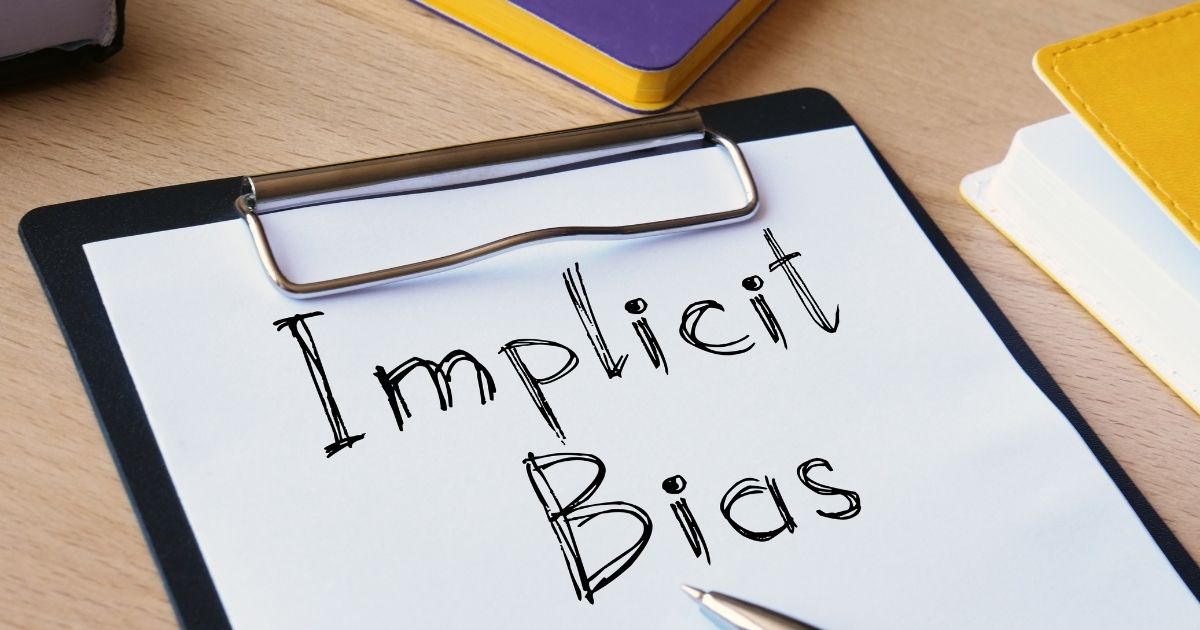Source: American Bar Association (ABA)
Author/Writer: ABA Commission on Disability Rights
Date of publication: Not listed
Summary
The comprehensive guide on implicit bias provided by the American Bar Association serves as a valuable resource for comprehending and addressing implicit bias within the legal field.
Implicit bias is the presence of unconscious attitudes, stereotypes, or prejudices that can impact our interactions with individuals, even in the absence of conscious awareness. The webpage’s subsequent section offers a comprehensive examination of the multifaceted manifestations of unconscious biases within different facets of the legal profession. These facets include jury selection, employment protocols, client interactions, and courtroom proceedings.
“Implicit Biases & People with Disabilities” offers a range of strategies specifically designed to address and minimize the impact of implicit bias. These strategies encompass educational and training endeavours, implementing policies and procedures that foster diversity and inclusion, and establishing mentorship programs specifically designed for lawyers from diverse backgrounds. Furthermore, the article offers supplementary materials in the form of hyperlinks that direct users to additional sources of information on various aspects of implicit bias, including race-based Discrimination, gender bias, and disability rights.
Ultimately, the guide furnishes a comprehensive compilation of resources that organizations can utilize in the process of formulating their own implicit bias training initiatives. The resource serves as a crucial instrument for legal professionals seeking to enhance their comprehension of the ramifications of unconscious biases in their professional endeavours and implement measures to mitigate its influence.
Key Findings
The salient aspects derived from the source can be categorized into three primary domains: awareness, education, and action.
- Awareness: Developing awareness is essential for identifying and acknowledging our unconscious biases, as it is a fundamental step in addressing them. This entails acknowledging the presence of implicit biases that individuals possess. recognizing the existence of implicit biases that individuals may hold. Common examples of these biases relate to race, gender, age, and disability status. These biases can unconsciously lead to the formation of subtle assumptions about individuals.
- Education: After recognizing our implicit bias, it is crucial to engage in further education on this subject to enhance our ability to make well-informed decisions during interpersonal interactions. This involves gaining an understanding of the historical background of discrimination and its effects on society. It also involves acquiring knowledge about various cultures and disabilities, with the goal of promoting inclusivity.
- Action: Once we have a deeper understanding of implicit bias, it becomes essential to take proactive steps towards positive change. This involves promoting diversity and inclusion through actions like implementing policies and running awareness campaigns. It’s also important to continuously challenge ourselves by actively seeking different perspectives when making decisions or interacting with people from diverse backgrounds.
While this article primarily focuses on understanding and addressing implicit bias within the legal field in the U.S., it also provides valuable information for individuals and organizations aiming to improve their understanding of implicit bias and foster diversity and inclusion.
Implicit bias has been found to influence decisions related to hiring practices, promotion opportunities, team dynamics, and more. Additionally, it can lead us to form subtle assumptions about people without even realizing it which can be damaging if not addressed. By understanding implicit bias, employers are taking the first step towards recognizing and addressing implicit bias.
Learn more about the resource by clicking the button below:
